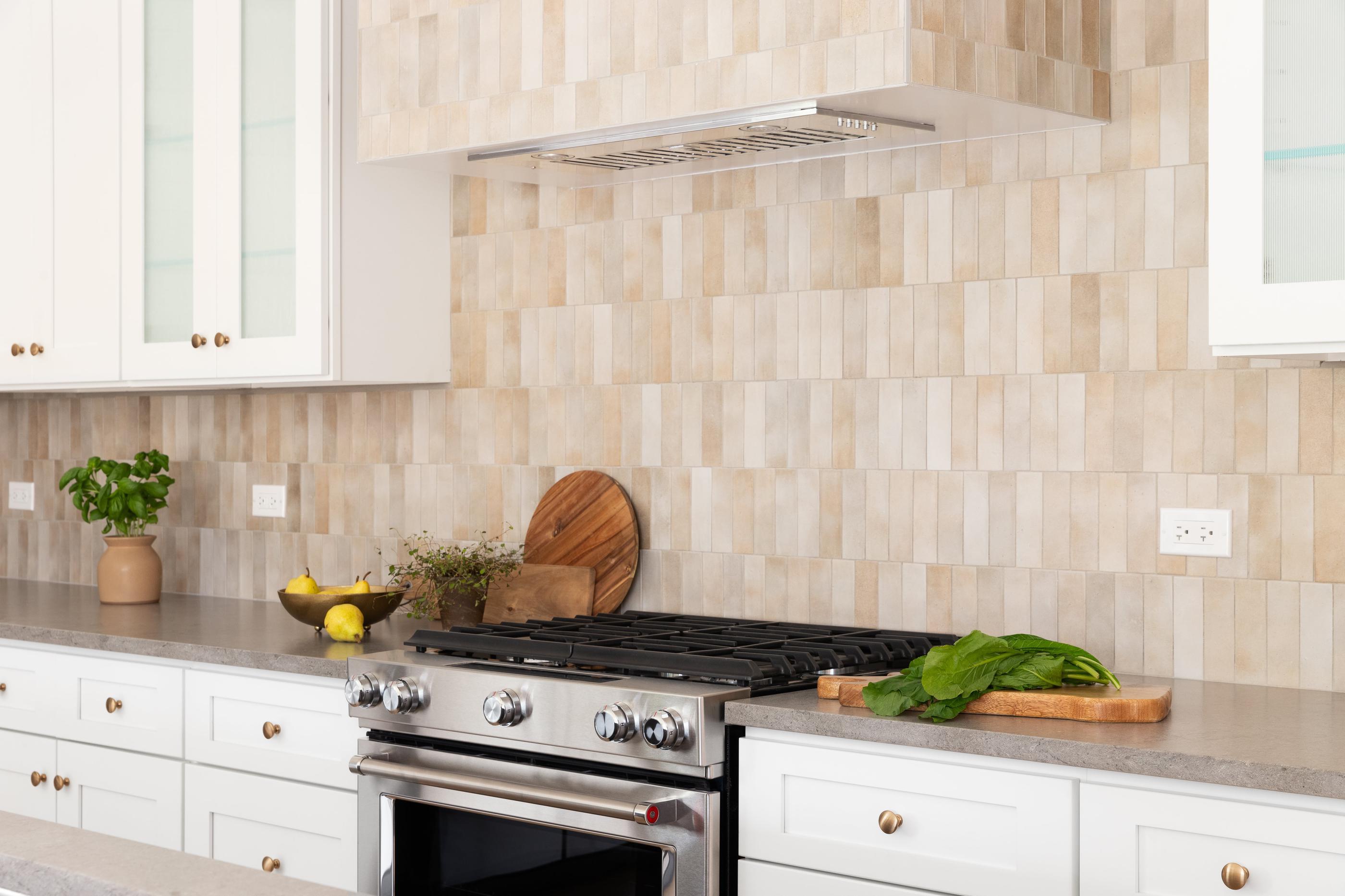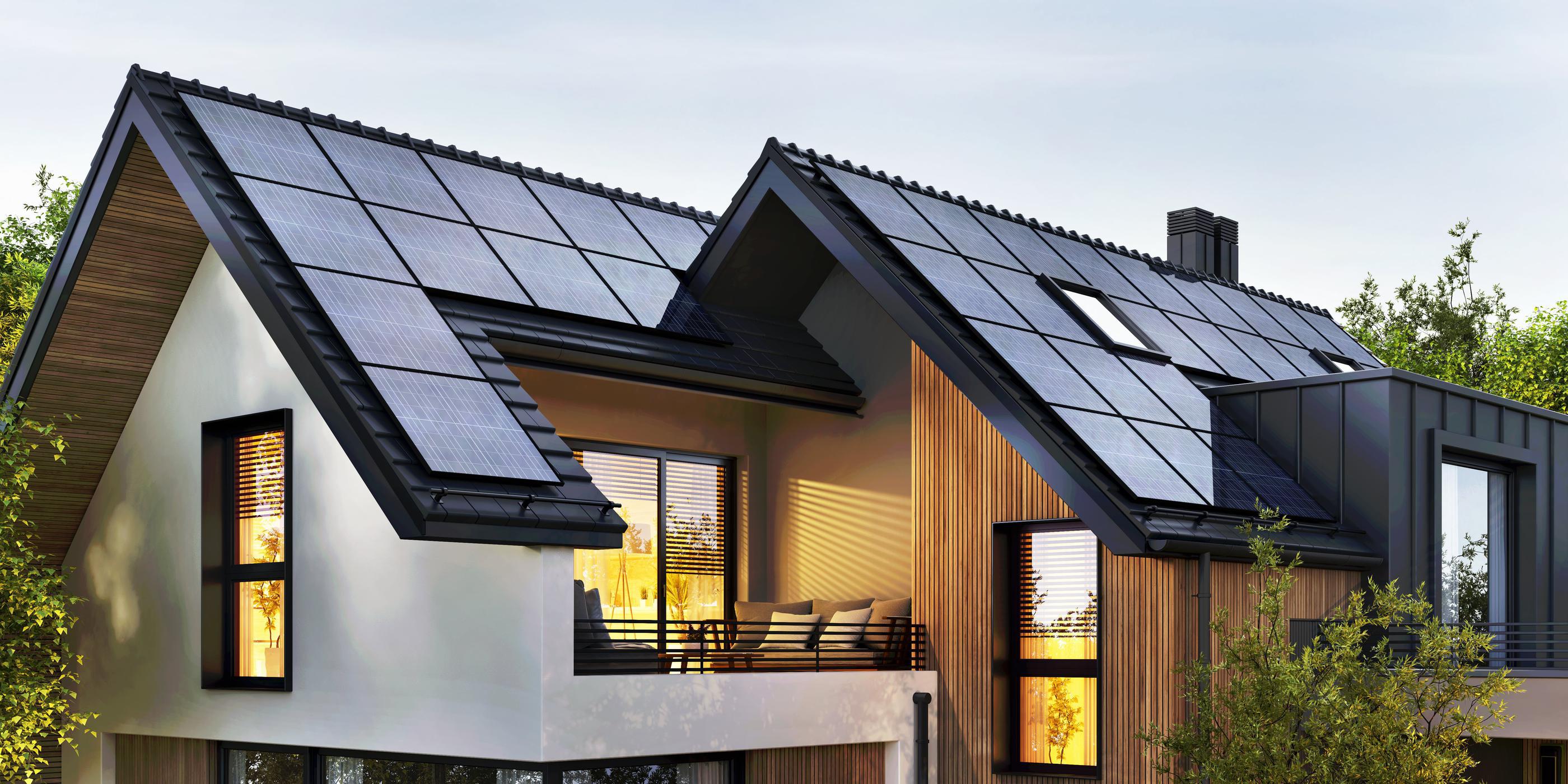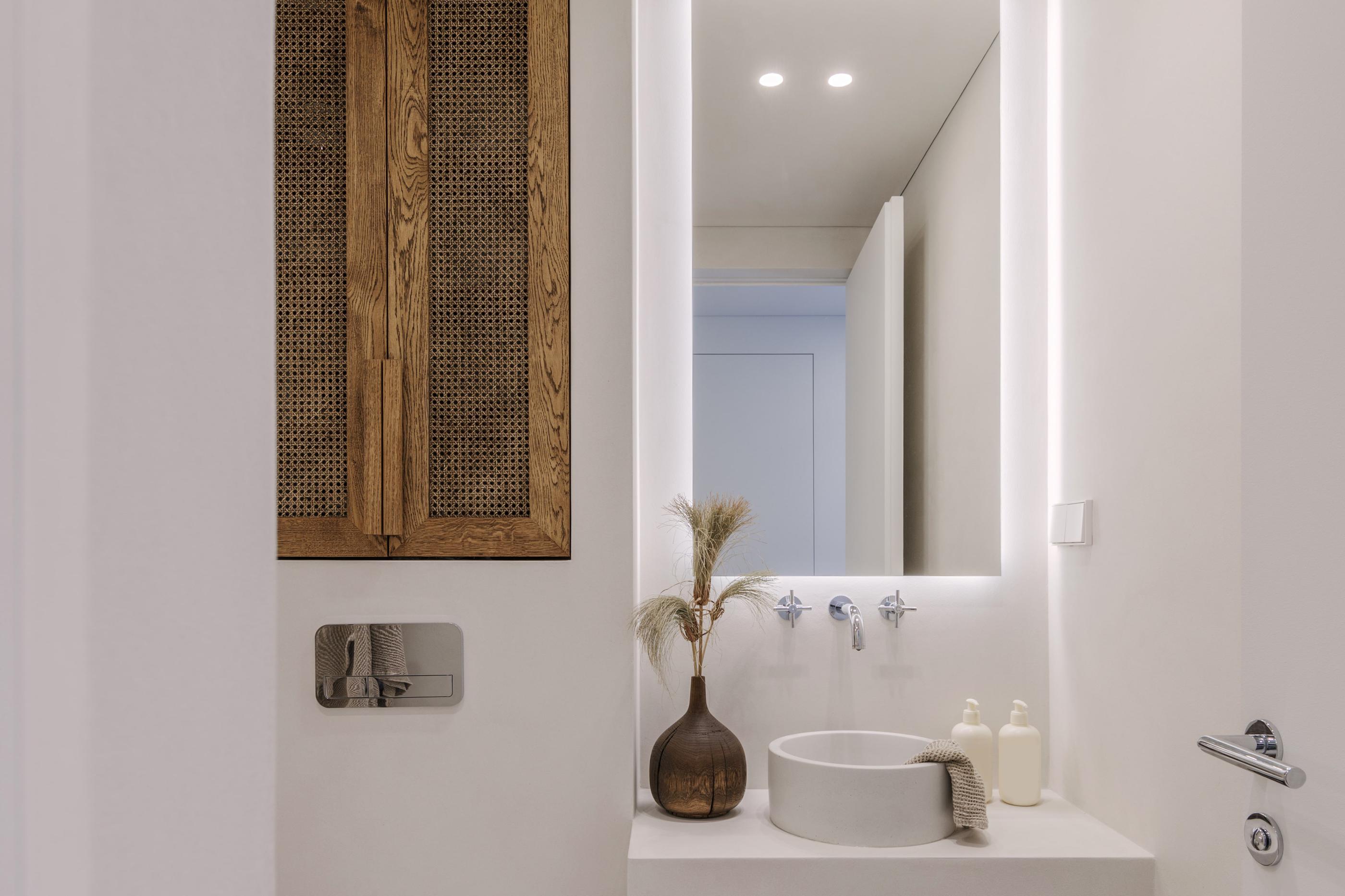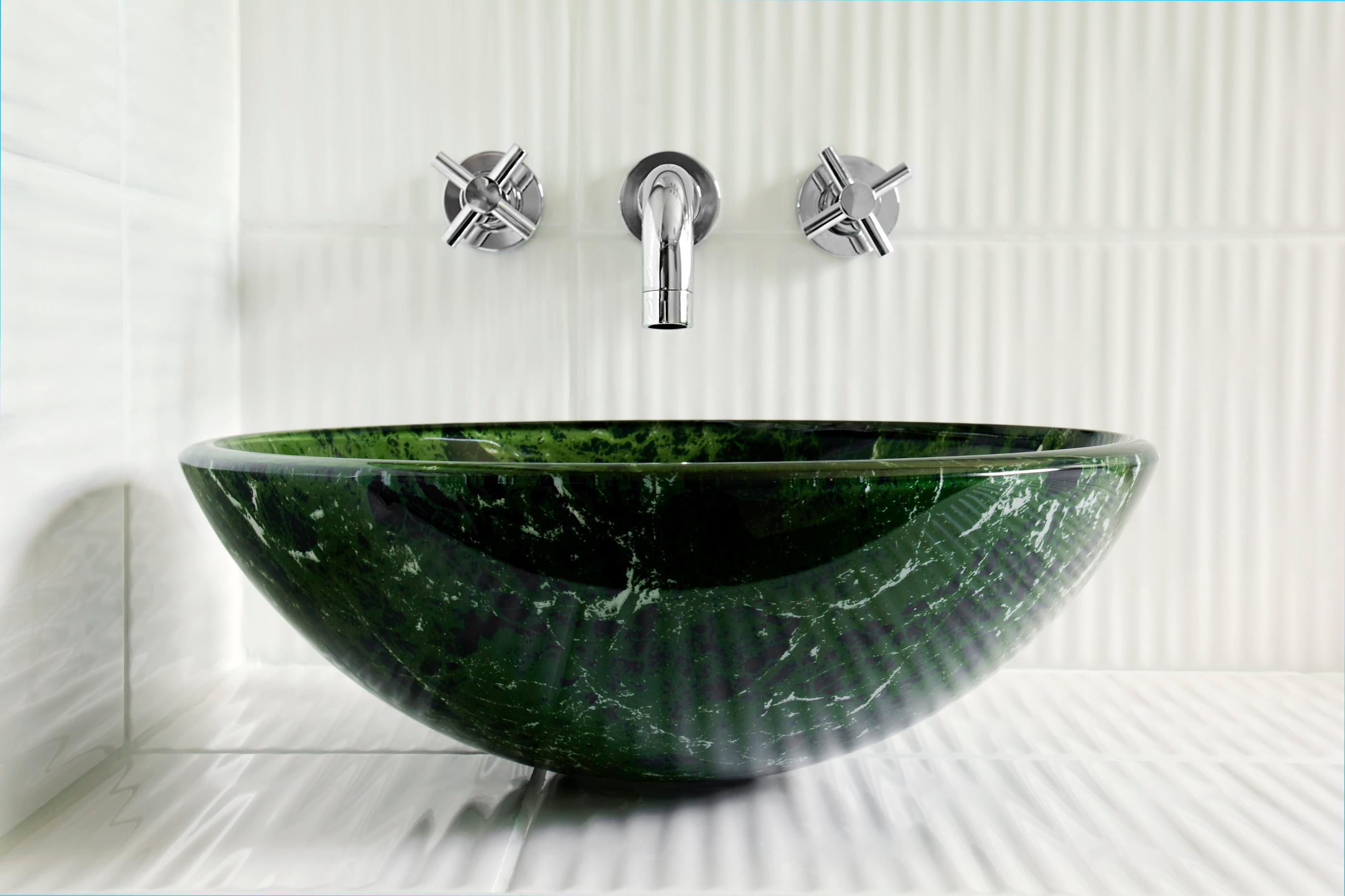Adding personality and charm to a kitchen remodel is no small feat. We want it to look stylish, but also authentic. Like we have taste and didn’t just pick a theme.
Tilework is a brilliant area to focus on for this. The timelessness of the material, the history, the craftsmanship, the massive range of design options–you simply can’t go wrong.
But what if a row of squares or standard subway isn’t enough? Then you should draw some inspiration from Zellige tiles.
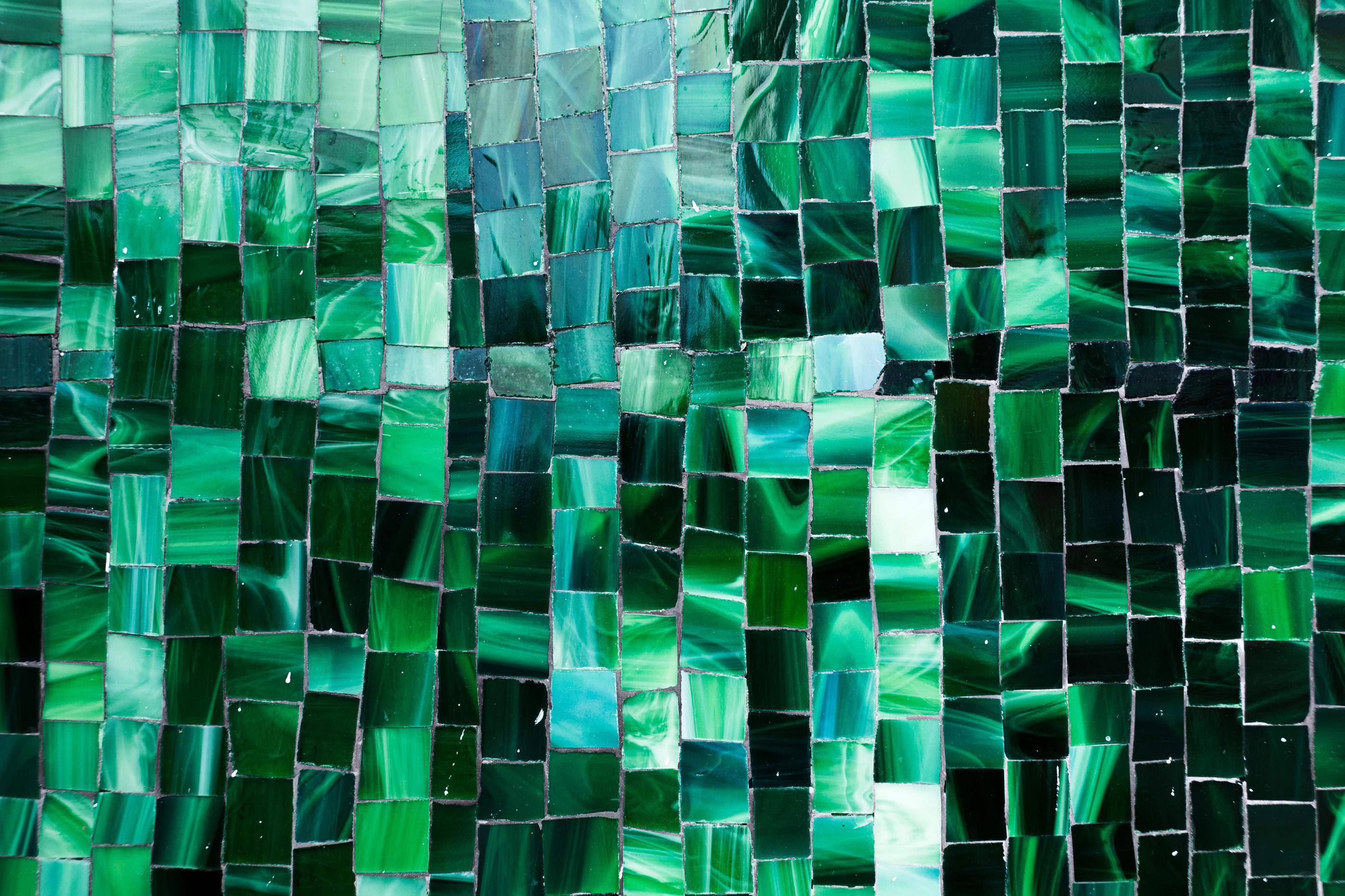
What is Zellige tile?
Zellige tiles are handmade ceramic pieces originating in Morocco. Making them is an art dating back centuries. Their key characteristic is the irregularity of each piece, from the imprecise edge to the depth of the color. They’re also known for a high-shine glaze that was traditionally made containing lead.
Piecing together irregular tiles may call mosaics to mind, but Zellige tiles are commonly square or rectangular, too. The overall effect adds Old World authenticity to any design. Yet as you’ll see, the concept is enjoying a big boom even in contemporary kitchens.
How is Zellige tile made?
Making traditional, authentic Zellige tile is a very involved process passed down through generations of Moroccans. Artisans who inherited the skill collect natural clay, press it into molds, and bake it in the sun. From there, they pound, chisel, and shape it manually before glazing and firing.
True Zellige tile is really only handmade in Morocco, and therefore comes at a higher price than other mass-produced options. It’s worth sourcing if you’re in love with the craft, but Zellige-inspired looks are relatively attainable in today’s market.
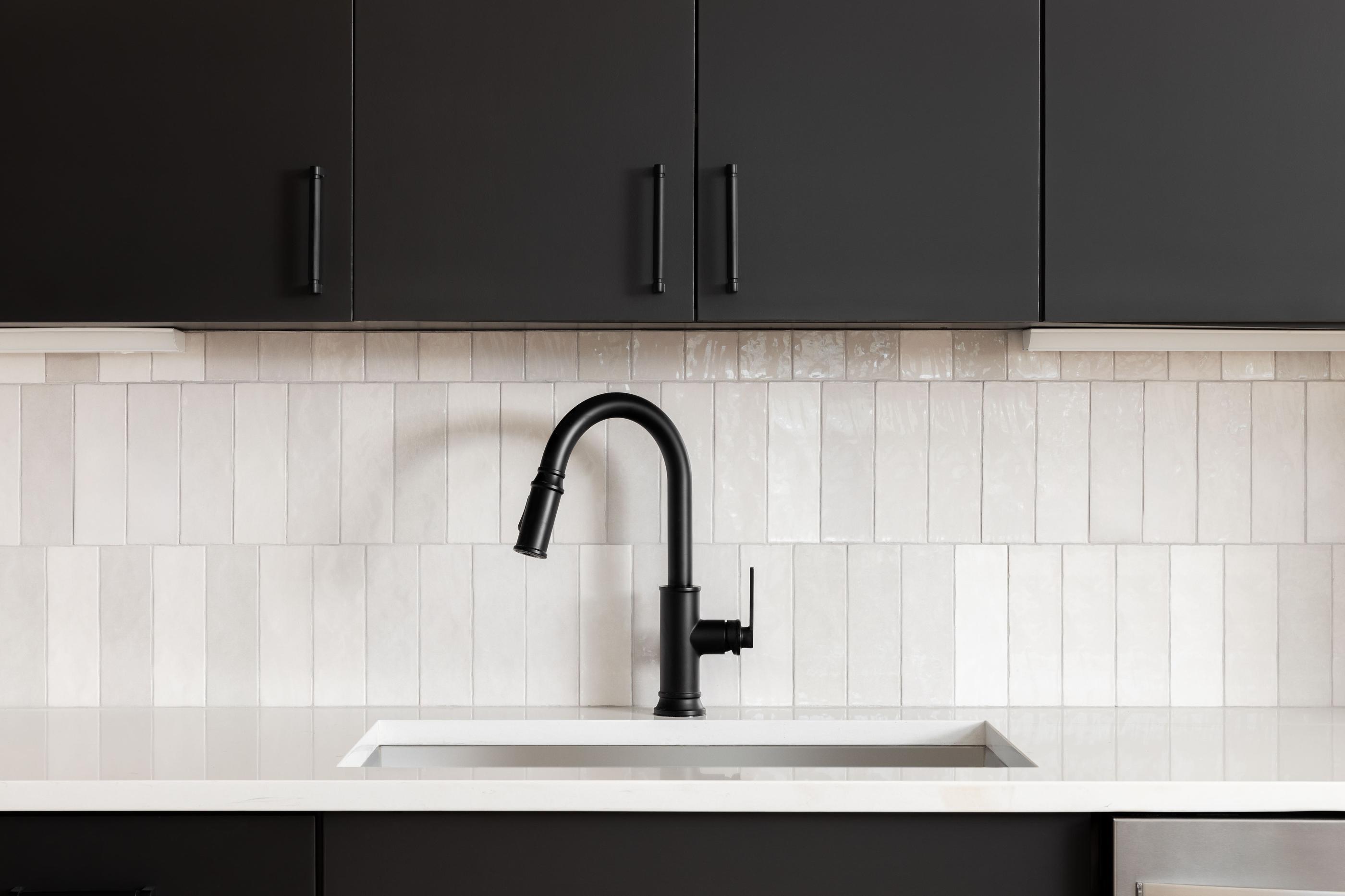
Zellige-style tile: Modern applications and design trends
Today’s tile workers take a fair bit of inspiration from the classic art of Zellige. Here’s how its characteristics are adding interest to modern kitchens and even baths.
-
Heavy on the shine.
The word zellige is Arabic for polished (as in stone). The smoothed, glassy surface is key (although we’re blessedly lead-free today).
-
Wholesome palettes.
Warm neutrals and inviting off-whites and grays work better than expected in this traditionally eclectic style. The color variation of each tile adds dimension and character.
-
Vertical stacking.
Add height to tighter spaces behind counters and highlight the differences between classic subway and niche Moroccan style. Switching up the orientation is one of our favorite ideas for inspired tile design.
- Subtle texture.
Zellige-inspired tiles may have a slightly uneven surface, maximizing the glossy finish and paying homage to handcrafted style.
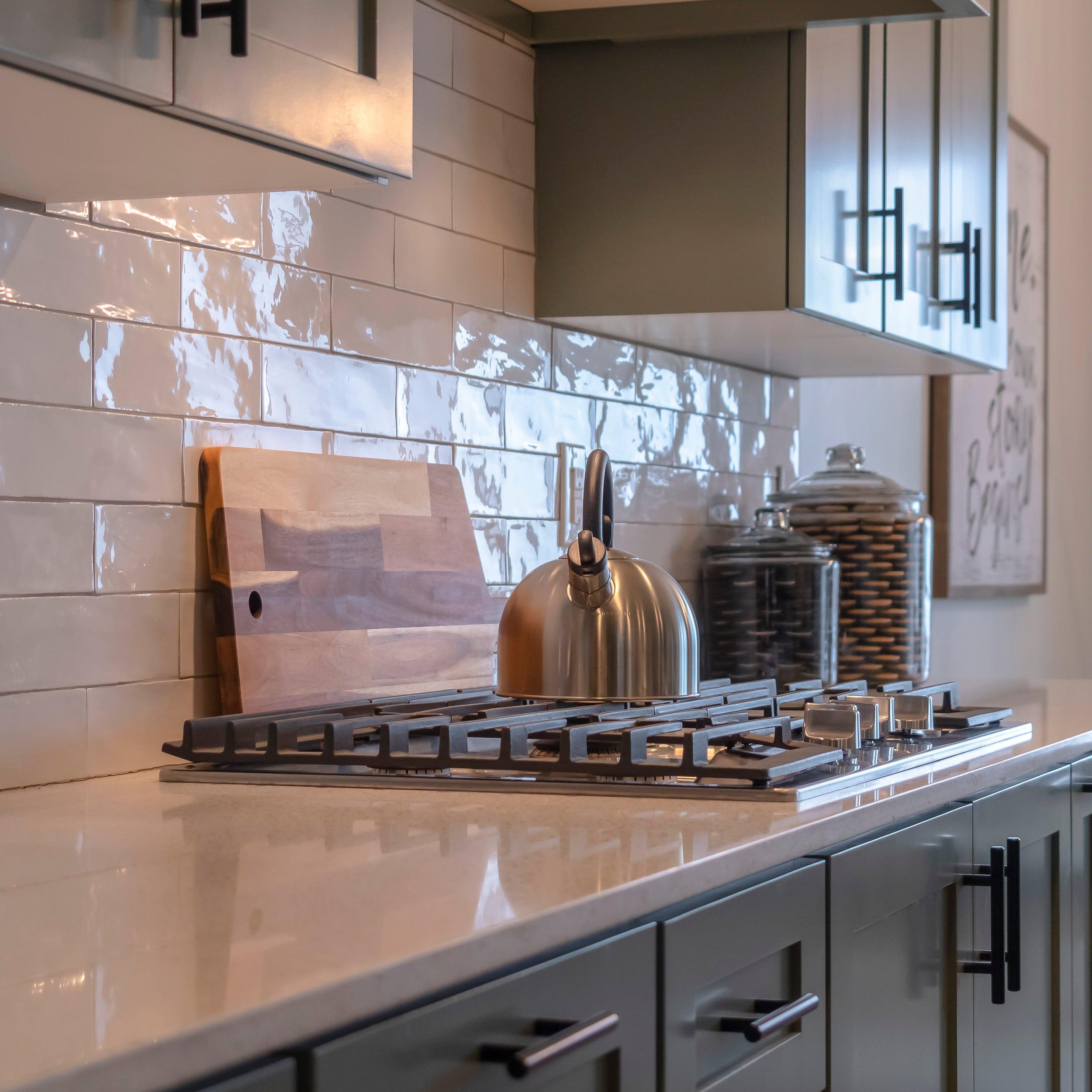
What are the disadvantages of Zellige tiles?
Distinct, handmade elements add joy, value, and personalization to our homes. Naturally, these unique shapes and finishes aren’t always easy to replace with something that looks exactly the same.
Today, we double up on Zellige-style tiles without worries of caring for a handmade piece of clay artistry. However, because there will still be irregularities across each tile, expert installation is a must.
Cleaning is a bit more complex as well. The tiles aren’t fixed flush together, so expect some protrusions here and there.
Where should you install Zellige tile?
In the United States, Zellige and similar tiles are most popularly included in kitchen backsplashes. The uneven texture isn’t safe or appropriate for most floors. It’s also trickier to include in bathrooms, since we don’t want any moisture seeping through.
You can also use this style tile for an accent wall. Just be mindful of traffic and activity in that area; uneven tiles are more likely to snag clothing and fabrics.
Expert installation is everything
Craftspeople who install authentic and Zellige-inspired tiles are puzzle-solvers and artisans on their own level. The careful arrangement of slightly irregular shapes is crucial for a long-lasting, functional tiled space. Plus, the color variation requires planning and a natural eye for the overall effect.
Want more help exploring your tile options during a remodel? The Designery is here to help. Check out our expansive backsplash and wall tile selection, or book your free initial consultation with a professional designer.

